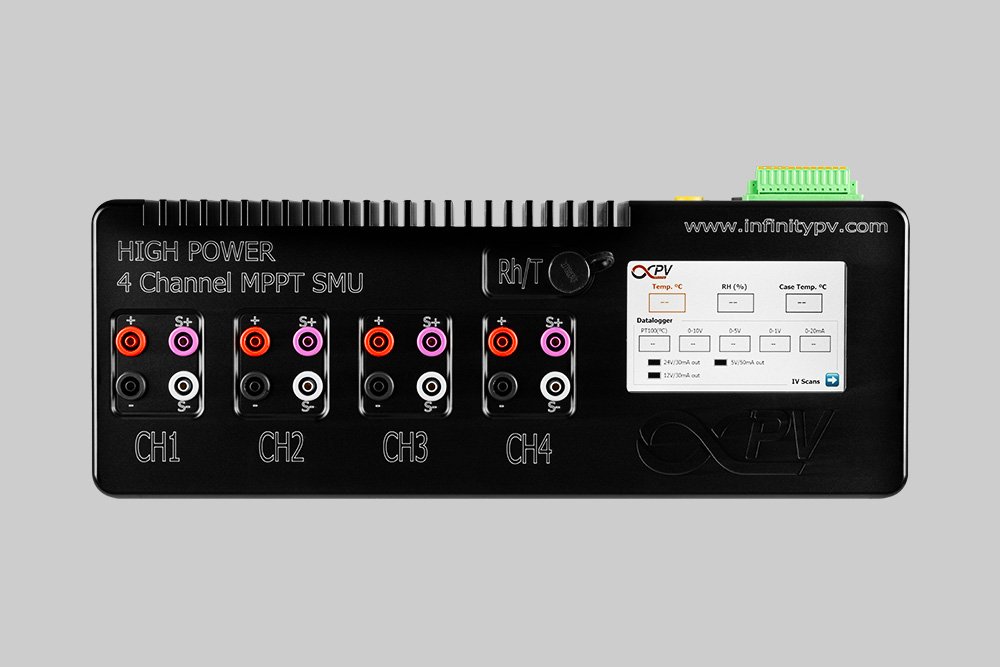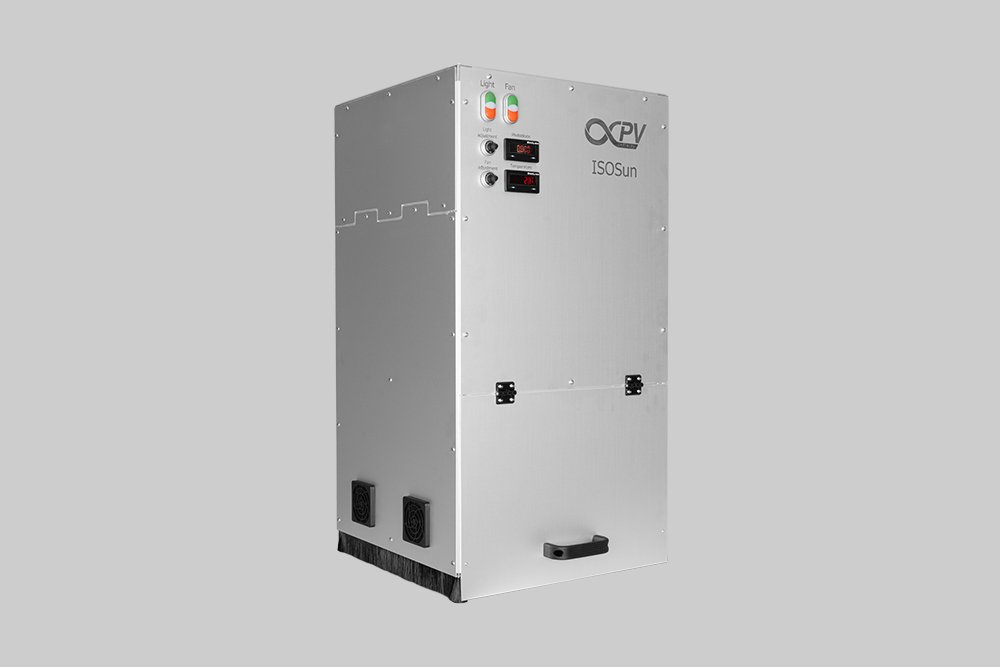A Breakthrough in Perovskite Technology: Multifunctional Displays with PeLEDs
A recent study introduces a new era in perovskite-based technology, specifically focusing on Perovskite Light Emitting Diodes (PeLEDs). This research demonstrates the potential of PeLEDs in creating multifunctional displays with features ranging from fingerprint recognition to health monitoring and energy harvesting. The groundbreaking nature of this study could revolutionize industries such as healthcare, consumer electronics, and wearables.
Key Highlights
Fingerprint Recognition: A multi-point fingerprint recognition system using PeLEDs enables full-area sensing for secure access in smart devices.
Health Monitoring: PeLEDs can track heart rate through photoplethysmogram (PPG) sensing, offering a non-invasive way to monitor vital signs in real-time.
Energy Harvesting: The multifunctional display also harvests energy from the emitted light, charging a supercapacitor, which could reduce the need for constant recharging.
Imaging Capability: Combining LEDs with photodetectors, PeLEDs also capture images, enabling interactive touchscreens and imaging sensors for various applications.
With the Source Measure Units, you can measure IV curves, track maximum power points, and log data from solar cells, all while analyzing key performance metrics using the included software.
The Power of Perovskites in Display Technology
Perovskite materials, especially those used in perovskite light-emitting diodes (PeLEDs), have gained significant attention due to their remarkable efficiency, tunable properties, and low-cost production methods. These advantages make them a strong contender in the development of new, flexible, and high-performance display technologies. This study explores the use of PeLEDs in multifunctional displays, pushing the boundaries of what can be achieved with this innovative material.
The study's objectives were to develop displays that do more than just emit light. The researchers aimed to integrate several functions into a single device, including fingerprint recognition, photoplethysmogram (PPG) sensing, energy harvesting, and imaging. These capabilities could open the door to the next generation of smart devices.
-
Perovskites are a group of materials with a unique crystal structure that is highly efficient in various electronic and optoelectronic applications. They are used in solar cells, light-emitting diodes (LEDs), and lasers, due to their remarkable light absorption and charge transport properties. They have gained attention for their low-cost production, making them a promising alternative to traditional semiconductor materials.
Study Methods: From Precursor Solutions to Device Fabrication
The researchers started by preparing perovskite precursor solutions tailored for three distinct emission colors: red, green, and blue. Each color required different formulations of lead halide compounds, including PbI2, CsBr, and formamidinium iodide. These precursors were mixed with various processing additives to optimize the perovskite films' growth.
The devices were fabricated on prepatterned ITO substrates (indium tin oxide, commonly used for transparent electrodes) after a thorough cleaning and treatment process. The fabrication involved several key steps:
ZnO Nanocrystals: These were synthesized and dispersed in ethanol to form a hole transport layer for the red and green emitting devices.
Spin-Coating: Perovskite layers were applied via spin-coating at specific speeds, followed by annealing to optimize film properties.
Electrode Deposition: Final device layers were created by evaporating metals like MoOx (molybdenum oxide) and gold to form the top electrodes.
Vapor-Assisted Treatment: For the blue-emitting device, a vapor-assisted DMF treatment was used to improve the film's quality.
Once the devices were fabricated, they were tested using electroluminescence (EL) measurements, photoluminescence quantum efficiency (PLQE), and other standard characterization techniques. These tests helped the researchers assess the performance and efficiency of their PeLED devices.
Discover everything you need to know about slot-die coating in our comprehensive guide.
Results: Efficiency and Performance
The devices demonstrated impressive performance across several key metrics:
High Efficiency: The PeLEDs maintained excellent luminous efficiency, even with the added functionality of fingerprint recognition and health monitoring.
Fast Response Times: The multifunctional displays responded quickly to changes in input voltage, making them ideal for real-time applications like health tracking and security systems.
Stability: The devices were robust and stable, even with continuous use of their multifunctional features.
Conclusion: The Significance of Multifunctional Perovskite Displays
This study highlights the tremendous potential of perovskite-based displays, specifically PeLEDs, in creating multifunctional devices that go beyond traditional display technology. The ability to integrate health monitoring, security features, and energy harvesting into a single display platform could significantly impact the way we interact with our devices.
The study's findings also pave the way for new applications in fields like wearable electronics, smartphones, and medical devices. By using PeLEDs, these devices can be made more energy-efficient, interactive, and customizable to suit a wide range of consumer needs.
The research demonstrates how perovskite-based materials can overcome many of the challenges that traditional semiconductor materials face, offering a cost-effective, efficient alternative for future display technologies.
Build your own R2R Slot-die Coater machine. Choose between slot-die heads, flexographic printers, slurry coaters, air knives, drying and curing units, laminators and more.
What’s Next for Perovskite Technology?
This study is just the beginning of what could be a long-lasting revolution in display technology. The perovskite material's flexibility, ease of fabrication, and wide range of applications make it an exciting prospect for the future. As research in this field continues, we can expect even more innovations that could change the way we use technology in our daily lives.
Authors
Chunxiong Bao, Linköping University
Zhongcheng Yuan, University of Oxford
Wenxiao Niu, Nanjing Tech University
Jie Yang, Nanjing Tech University
Zijian Wang, Nanjing Tech University
Tao Yu, Nanjing Tech University
Jianpu Wang, Nanjing Tech University
Feng Gao, Linköping University
Related Products
Laboratory Roll-to-Roll Coater
A compact and modular high precision roll-to-roll slot-die coater that transforms the way thin functional films are printed and coated.






